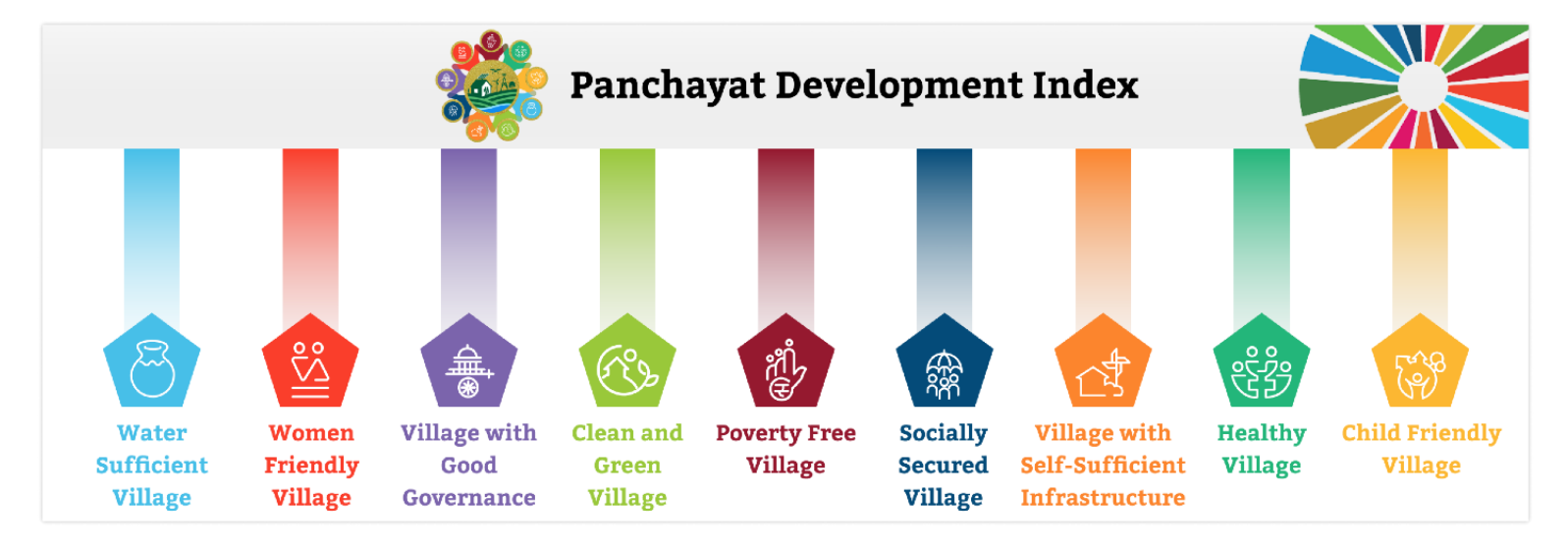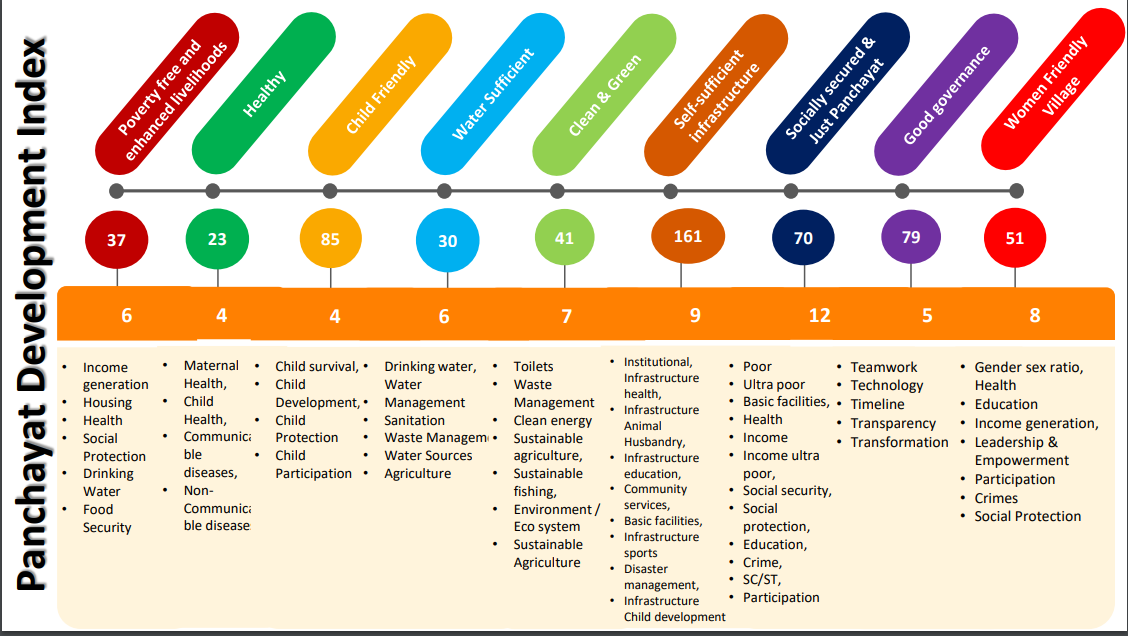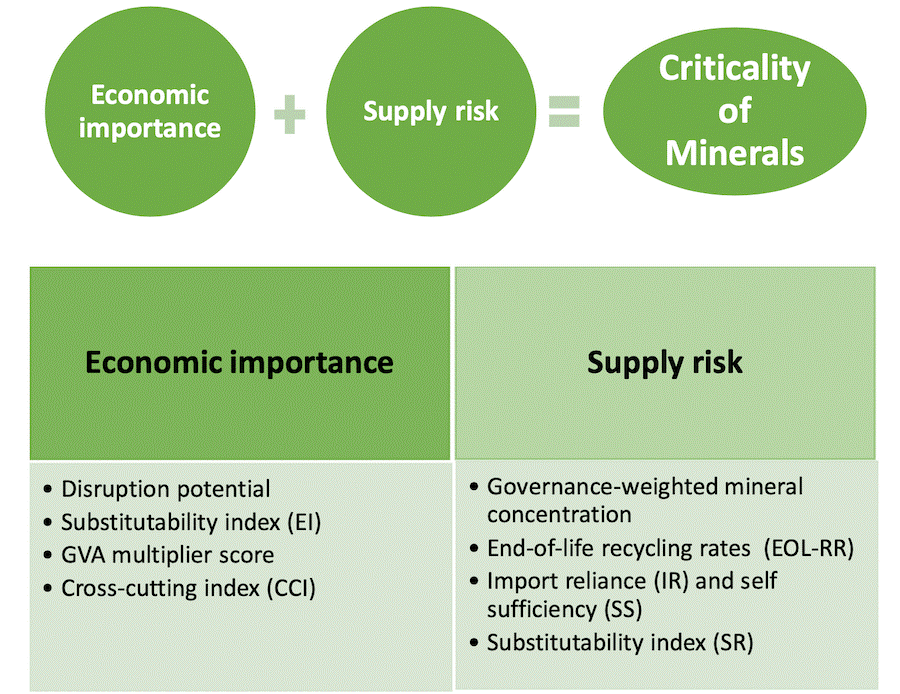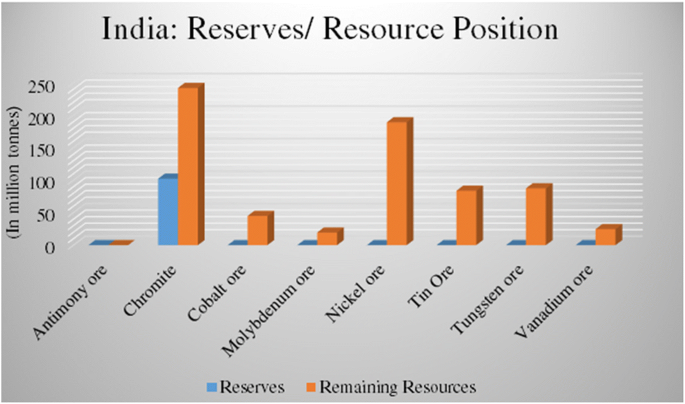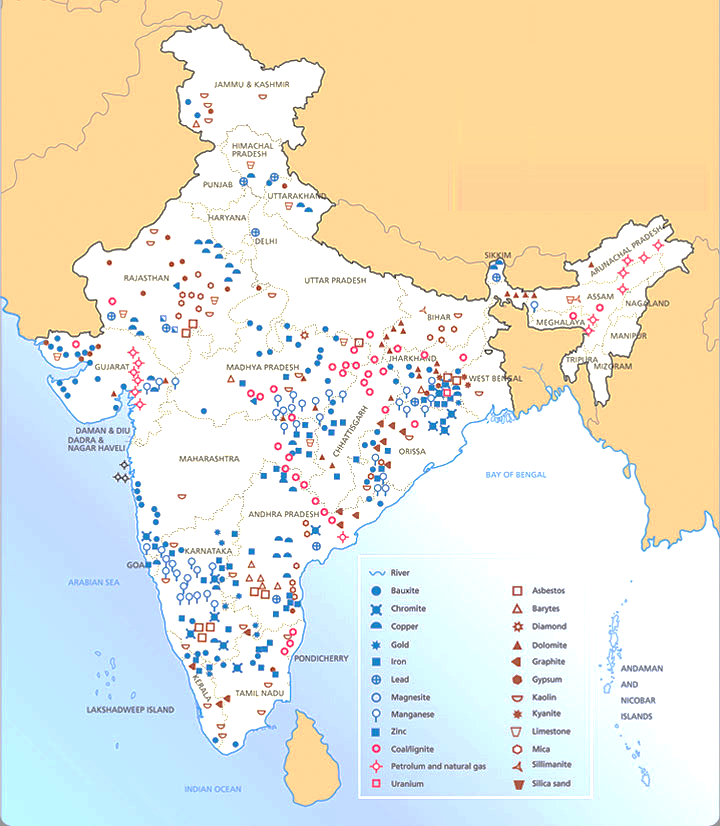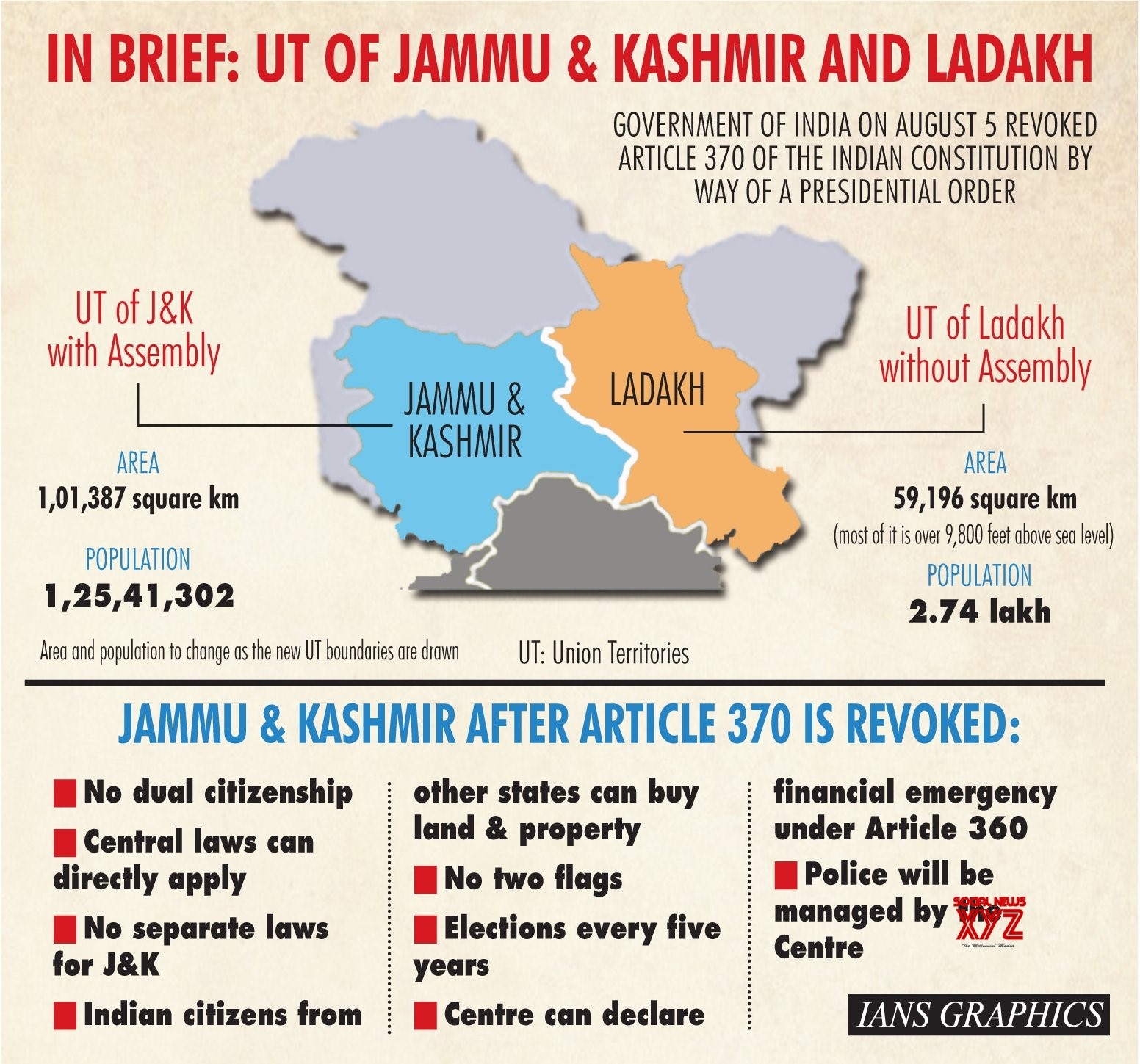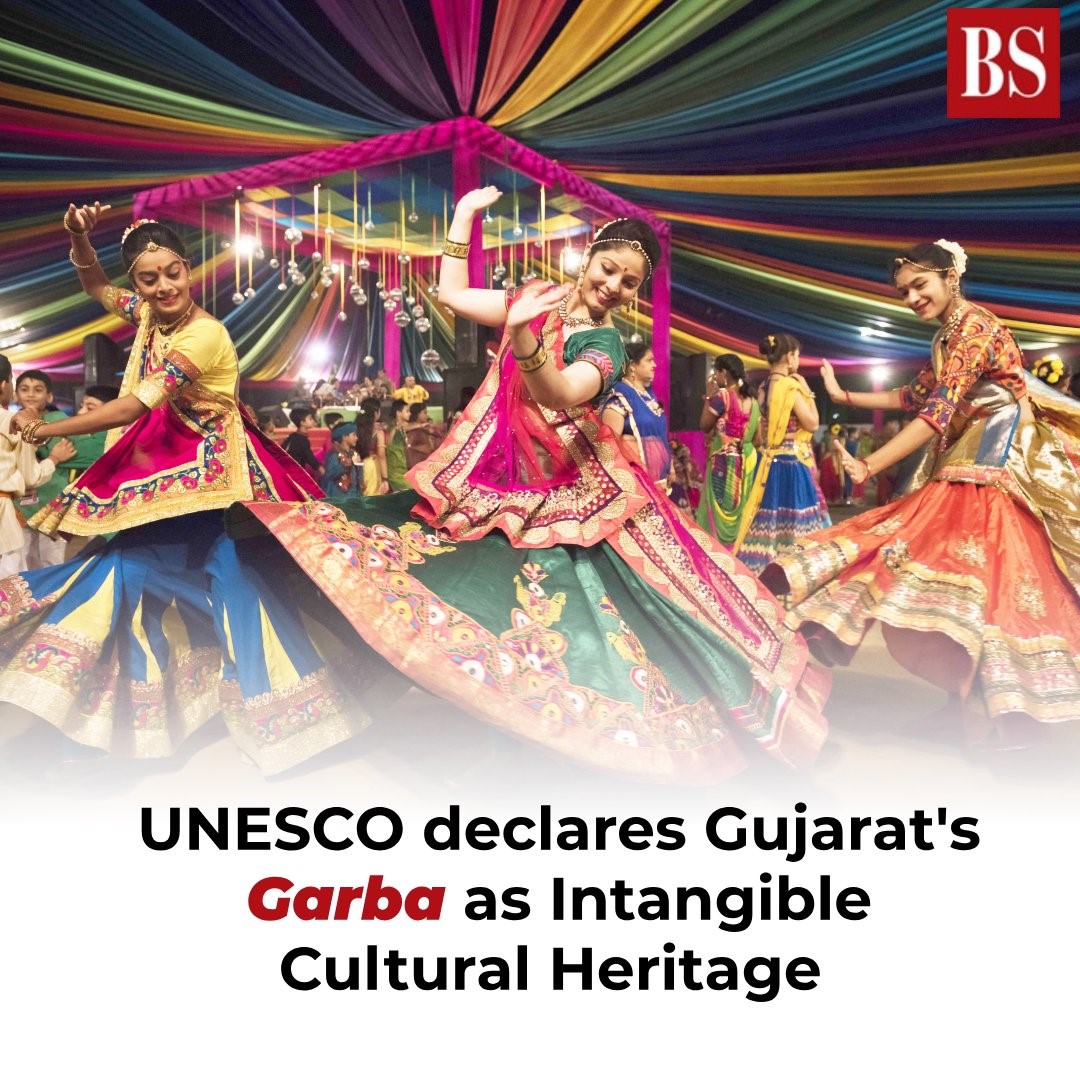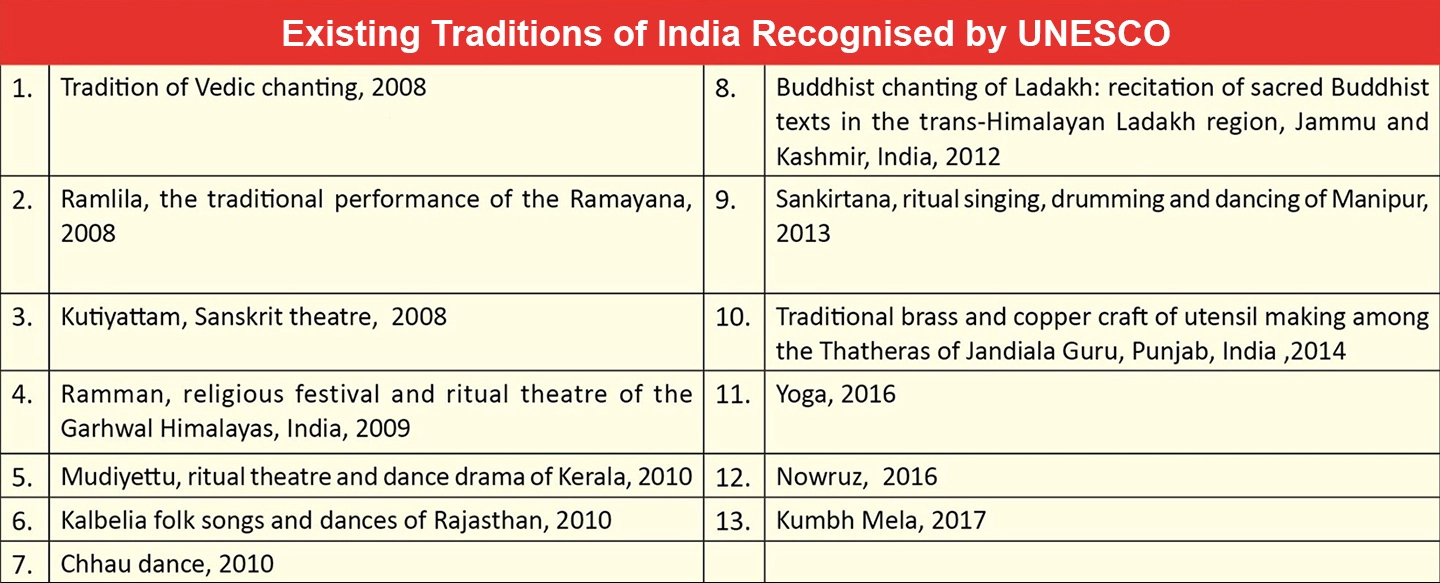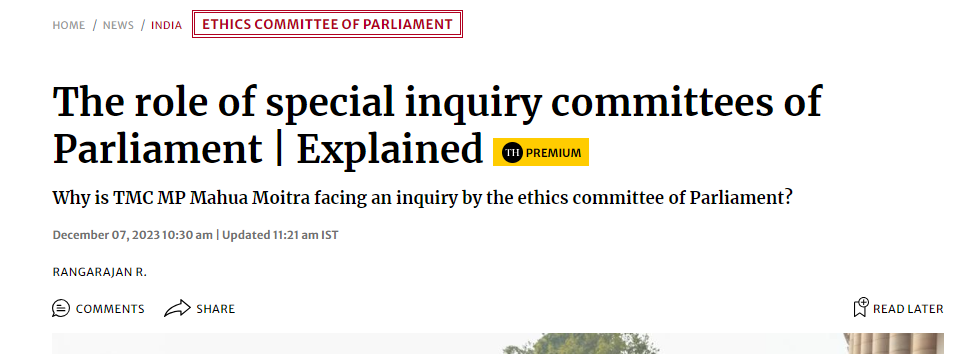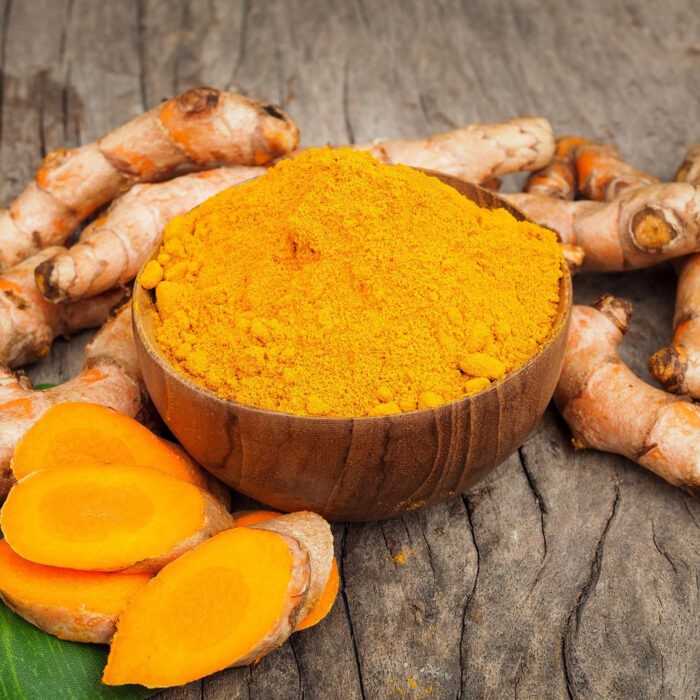Panchayat Development Index (PDI)
Context:
- The Ministry of Panchayati Raj is spearheading the initiative to localize the Sustainable Development Goals (SDGs) in alignment with the 2030 Agenda for Sustainable Development.
- A recently published report on the Panchayat Development Index (PDI) serves as an assessment tool to gauge the progress of grassroots institutions in realizing Localized SDGs (LSDGs).
Panchayat Development Index (PDI):
- The PDI is an inclusive, multidimensional index crafted to evaluate the overall development, performance, and advancement of panchayats.
- It integrates diverse socio-economic indicators to measure the well-being and developmental status of local communities within a panchayat’s jurisdiction.
- This index is pivotal for appraising performance and monitoring advancements in the localization of Sustainable Development Goals in rural areas.
Grounded in a framework of local indicators, the PDI encompasses nine themes related to sustainable development in villages.
Nine Themes of PDI:
- Poverty-Free and Enhanced Livelihood in Village
- Healthy Village
- Child-Friendly Village
- Water-Sufficient Village
- Clean and Green Village
- Village with Self-Sufficient Infrastructure
- Socially Just and Secured Villages
- Village with Good Governance
9. Women-Friendly Village
Ranking and Grading System:
Panchayats are ranked based on their scores and classified into four grades:
- Grade A+: Scores exceeding 90%
- Grade A: Scores ranging from 75-90%
- Grade B: Scores ranging from 60-75%
- Grade C: Scores ranging from 40-60%
- Grade D: Scores below 40%
Significance of the Panchayat Development Index:
- Insightful Analysis: The PDI offers crucial insights into areas requiring improvement within rural jurisdictions.
- Identifying Disparities: It aids in identifying disparities and the fulfillment of development goals.
Policy Formulation: The index contributes to the formulation of targeted policies and interventions aimed at enhancing the well-being and quality of life in rural communities.
Critical Mineral Blocks Will Be Sold on Auction Strategically
Context:
The government is currently auctioning twenty blocks rich in critical minerals, specifically lithium ore, as part of a move to enable commercial mining by private entities. Notably, 10 of these minerals are categorized as “critical” according to the government’s declaration in July.
Understanding Critical Minerals:
- Critical minerals are essential elements crucial for contemporary technologies, posing a risk of disruptions in the supply chain.
- These minerals, including antimony, cobalt, gallium, graphite, lithium, nickel, niobium, and strontium, among others, play pivotal roles in the production of mobile phones, computers, batteries, electric vehicles, and green technologies such as solar panels and wind turbines.
Their significance extends to meeting the manufacturing needs of high-tech equipment, aviation, and national defense.
List of Critical Minerals:
- The assessment identified 30 critical minerals, encompassing antimony, beryllium, cobalt, copper, lithium, nickel, rare earth elements, silicon, tin, titanium, tungsten, and more.
- Additionally, two minerals crucial for fertilizer production, phosphorus and potash, are included in this list.
Importance of Lithium Ore Auction:
- This auction signifies a groundbreaking move, marking the first instance where private entities in India can bid for rights to mine lithium ore.
Beyond lithium, the blocks also contain nickel, copper, molybdenum, and rare earth elements crucial for diverse industries.
Details on Mineral Blocks:
- The 20 blocks are distributed across eight states, with licenses categorized into Mining License (ML) and Composite License (CL).
- Four blocks allow immediate mining, while the remaining 16 permit exploration before potential conversion to an ML.
Licensees must secure approvals, including forest and environmental clearances, with 17% of the total concession area designated as forest land.
Details on Mineral Blocks:
- The 20 blocks are distributed across eight states, with licenses categorized into Mining License (ML) and Composite License (CL).
- Four blocks allow immediate mining, while the remaining 16 permit exploration before potential conversion to an ML.
Licensees must secure approvals, including forest and environmental clearances, with 17% of the total concession area designated as forest land.
Reserve Estimates:
- Lithium reserves in Jammu & Kashmir and Chhattisgarh are auctioned for CL.
- Nickel ore reserves are found in Bihar, Gujarat, and Odisha, with the Odisha block also containing copper reserves.
Current Mineral Imports:
- In FY23, India imported lithium carbonate and lithium oxide (2,145 tonnes, costing Rs 732 crore), unwrought nickel (32,000 tonnes, costing Rs 6,549 crore), and copper ore (1.2 million tonnes, costing Rs 27,374 crore).
- India is entirely dependent on imports for lithium and nickel and 93% dependent on copper.
Post-Auction Plans and Policies:
- Future auctions, including new lithium reserves in Rajasthan and Jharkhand, are anticipated.
- The Geological Survey of India is conducting 125 projects to explore critical mineral reserves.
- There’s a recommendation to establish a Center of Excellence for Critical Minerals to develop a complete value chain within the country.
Conclusion:
The auction of critical mineral blocks is a significant stride in diminishing India’s dependence on imported minerals, particularly lithium, nickel, and copper.
This initiative aligns with the #AatmanirbharBharat vision, aiming to strengthen India’s position in crucial industries like battery manufacturing and electric vehicles.
The success of these auctions holds paramount importance in shaping India’s resource independence and industrial future.
Key Legislative Developments for Kashmir
Context
Recently, the Lok Sabha has approved the Jammu & Kashmir Reservation (Amendment) Bill, 2023, and the Jammu and Kashmir Reorganisation (Amendment) Bill, 2023.
These bills are designed to address the rights and injustices experienced by specific groups within the Union Territory.
[A] Jammu & Kashmir Reservation (Amendment) Bill, 2023
- Objective: This bill aims to modify the Jammu and Kashmir Reservation Act, 2004.
- Original Act: The 2004 Act provided job and educational institution reservations for SCs, STs, and other socially and educationally backward classes.
- Key Amendment: The change in terminology from “weak and underprivileged classes (social castes)” to “other backward classes.”
[B] Jammu and Kashmir Reorganisation (Amendment) Bill, 2023
- Amendment Objectives: This bill seeks to amend the 2019 Act to ensure better representation in the Legislative Assembly for Kashmiri Migrants and individuals displaced from Pakistan-occupied Kashmir (PoK).
- Seat Allocation: Proposes the nomination of two members from the Kashmiri migrant community and one representative from displaced persons in PoK to the Legislative Assembly.
- Increase in Assembly Seats: The Legislative Assembly’s seat count will rise from 83 to 90.
- Reservation for SC/ST: The bill aims to reserve seats for SC and ST members.
- Nomination Provisions: Introduces new sections 15A and 15B, allowing the Lieutenant Governor to nominate up to two members, including one woman, from the “Kashmiri Migrants” community and one member from “Displaced Persons from Pakistan-occupied Jammu and Kashmir.”
Context and Importance
- Representation for Displaced Communities: These bills intend to offer legislative representation to communities that have faced displacement and historical injustices.
- Political and Social Impact: The significance of these amendments is evident in the intricate political landscape of Jammu and Kashmir, particularly after the abrogation of Article 370.
Enhanced Inclusivity: The legislation aims to bolster inclusivity and representation in the governance structure of the region.
Garba is now classified as an Intangible Cultural Heritage by UNESCO.
Central Idea
Garba, a traditional dance form originating from Gujarat, has gained recognition as part of the UNESCO Intangible Cultural Heritage.
This acknowledgment marks the 15th cultural element from India to be featured on the UNESCO list, following Kolkata’s Durga Puja, which received this distinction two years prior.
About Garba
- Garba is a traditional dance form hailing from Gujarat, India, with its primary performance occurring during the Navratri festival to honor the Hindu goddess, Durga.
- Origins and Meaning: The name “Garba” is derived from “Garbha” (womb) and “Deep” (lamp). This dance revolves around a central lamp or a representation of the Goddess, symbolizing the cycles of life, death, and rebirth.
- Dance Style: Characterized by lively circular movements, rhythmic clapping, and intricate footwork, Garba reflects the cyclical nature of life.
- Music and Instruments: Accompanied by rhythmic music, Garba traditionally incorporates instruments such as the dhol (drum), harmonium, and flute, while modern adaptations include electronic instruments.
- Traditional Attire: Women typically wear a chaniya choli (a vibrant, embroidered skirt set), while men don a kediyu and dhoti or pajama, often adorned with mirrors and embroidery.
- Dandiya Raas Association: Following the Aarti (worship ritual), Garba is often succeeded by Dandiya Raas, another dance form involving the use of sticks (dandiyas).
- Inclusivity and Community Aspect: Garba is an inclusive dance, attracting participants of all ages and backgrounds, emphasizing community engagement.
About UNESCO Intangible Cultural Heritage (ICH)
- ICH encompasses practices, representations, expressions, knowledge, skills, instruments, objects, artifacts, and associated cultural spaces recognized by communities, groups, and sometimes individuals as part of their cultural heritage.
- Its significance lies not just in the cultural manifestation but in the wealth of knowledge, know-how, and skills transmitted across generations.
- The adoption of the Convention for the Safeguarding of the ICH in 2003 by UNESCO’s General Conference was a pivotal step in preserving intangible heritage.
- UNESCO’s list of Intangible Cultural Heritage of Humanity was established in 2008.
Criteria for Selection
- Three criteria determine the inclusion of intangible cultural heritage in the United Nations list:
- Recognition by communities, groups, and sometimes individuals as part of their cultural heritage.
- Transmission from generation to generation, continually recreated in response to the environment, interaction with nature, and history.
- Provision of a sense of identity and continuity, thereby promoting respect for cultural diversity and human creativity.
India’s ICH on the UNESCO List
- Sangeet Natak Akademi, the nodal organization overseeing this function, nominates intangible cultural entities from India for evaluation by the international body.
- India’s entries include Kolkata’s Durga Puja (2021), Kumbh Mela (2017), Navroz (2016), Yoga (2016), traditional brass and copper craft of utensil-making among coppersmiths of Punjab (2014), Sankirtana, a ritual musical performance of Manipur (2013), and the Buddhist chanting of Ladakh (2012).
- Entries before 2011 featured Chhau dance, Kalbelia folk songs and dance of Rajasthan, Mudiyettu (a dance drama from Kerala) in 2010, Ramman (a religious festival and theatre performance of Garhwal in the Himalayas) in 2009, and Kutiyattam or Sanskrit theatre, and Vedic chanting in 2008.
Ramlila, a traditional performance of Ramayana, was also included in 2008.
Role of Parliamentary Inquiry Committees
Context:
Currently, an investigation is underway by the ethics committee of the LokSabha regarding the conduct of Trinamool Congress Member of Parliament (MP) MahuaMoitra.
Background:
The committee is reportedly proposing her expulsion from the LokSabha based on allegations of “unethical conduct,” “breach of privileges,” and “contempt of the House.”
These allegations stem from accusations that Moitra acted against a business house at the request of a businessman in exchange for financial benefits, and she allegedly shared her login credentials with the said businessman.
Ethics Committee’s Mandate:
- Established in 2000, the LokSabha’s ethics committee is responsible for overseeing the moral and ethical conduct of its members.
- The committee examines cases of ‘unethical conduct’ brought to its attention through complaints filed by members, outsiders through a member, or those referred by the Speaker.
- After a preliminary inquiry, the committee presents its findings to the Speaker for consideration.
- Notably, the term ‘unethical’ is not explicitly defined, leaving it to the committee’s discretion.
Privileges Committees:
- Another crucial aspect of parliamentary oversight is the privileges committee or special inquiry committee, which addresses more severe accusations against a member.
- In cases where a member is found guilty of actions such as promoting personal business interests through parliamentary activities, these committees recommend punitive measures.
- For example, a special committee in 1951 found a member guilty of promoting business interests by posing questions in exchange for financial benefits.
- Similarly, the ‘cash for query’ scandal in 2005 led to the recommendation of expulsion for 10 MPs by a special committee.
Constitutionality of Expulsion:
- While the Constitution under Article 101 outlines grounds for the vacation of a seat by an MP, including resignation, disqualification, and prolonged absence, expulsion is not explicitly mentioned.
- The Supreme Court has provided conflicting judgments on the matter. In Raja Ram Pal versus Hon’ble Speaker (2007), the Court upheld Parliament’s power to expel members for breaching privilege, interpreting Article 101 accordingly.
- However, in Amarinder Singh versus Special committee, Punjab VidhanSabha (2010), the Court deemed expulsion by the State Assembly unconstitutional, citing concerns about undermining parliamentary democracy.
Balancing House Privileges and Democratic Representation:
- In cases like MahuaMoitra’s, where serious allegations of ‘cash for query’ are at play, the question arises: is expulsion a proportionate punishment?
- Maintaining a delicate balance between upholding the dignity and privilege of the House and ensuring democratic representation is crucial.
- To address such concerns, the establishment of fast-track courts with a time-bound trial period could be considered.
- This approach would ensure a fair and efficient resolution of cases within 60 days, safeguarding the interests of both the House and democratic representation.
If convicted, MPs could face disqualification under the Representation of the People Act, 1951, while maintaining continuous representation for the constituents in the absence of conviction.
Lakadong Turmeric
Context:
The Geographical Indication (GI) tag has recently been bestowed upon Lakadong Turmeric from Meghalaya.
About
- Originating in Jaintia Hills, Meghalaya, Lakadong turmeric is a distinct variety of turmeric.
- Renowned globally, Lakadong turmeric is esteemed for its high curcumin content, ranging from approximately 6.8 to 7.5 percent.
- Curcumin, the compound responsible for turmeric’s vibrant yellow hue, imparts anti-inflammatory and antioxidant properties to Lakadong turmeric.
Additionally, the Geographical Indication (GI) tag has been granted to other items such as Garo Dakmanda (traditional dress), Larnai pottery, and Garo Chubitchi (alcoholic beverage).

